近两年来,Python 在众多编程语言中的热度一直稳居前五,热门程度可见一斑。 Python 拥有很活跃的社区和丰富的第三方库,Web 框架、爬虫框架、数据分析框架、机器学习框架等,开发者无需重复造轮子,可以用 Python 进行 Web 编程、网络编程,开发多媒体应用,进行数据分析,或实现图像识别等应用。其中图像识别是最热门的应用场景之一,也是与实时音视频契合度最高的应用场景之一。
本文将分享 TensorFlow 图像识别的实现。然后,我们尝试将 TensorFlow 与 Agora Python SDK 结合,来实现在实时音视频通话下的图像识别。我们利用 Agora Python SDK 来完成音视频的编解码、降噪、回声消除、低延时传输等任务,并将视频图像以 RGB 格式传输给 TensorFlow,然后我们通过 TensorFlow 来进行图像识别,将识别结果返回给客户端。
先分享一下 Demo 的识别效果。左图是对端的视频图像,右下角是我们本地的视频图像,在识别对端图像后,右侧的文本框中会显示出识别结果。注意,这个🙂贴纸只是后期 P 上去的,我们在 Demo 中还没有加入贴图的功能,如果你感兴趣,可以试着在 Demo 基础上做改进,丰富功能。
首先,我们还是要先介绍一下 TensorFlow 的图像识别原理与方法。
TensorFlow 图片及物体识别
TensorFlow 是 Google 的开源深度学习库,你可以使用这个框架以及 Python 编程语言,构建大量基于机器学习的应用程序。而且还有很多人把 TensorFlow 构建的应用程序或者其他框架,开源发布到 GitHub 上。所以我们今天主要基于 Tensorflow 学习下物体识别。
TensorFlow 提供了用于检测图片或视频中所包含物体的 API,详情点击此处。
物体检测是检测图片中所出现的全部物体并且用矩形(Anchor Box)进行标注,物体的类别可以包括多种,例如人、车、动物、路标等。举个例子了解 TensorFlow 物体检测 API 的使用方法,这里使用预训练好的 ssd_mobilenet_v1_coco 模型(Single Shot MultiBox Detector),更多可用的物体检测模型可以点击这里。
加载库
# -*- coding:utf-8 -*- import numpy asnpimporttensorflow as tfimportmatplotlib.pyplot as pltfrom PIL importImage from utilsimport label_map_utilfrom utilsimport visualization_utils as vis_util
复制代码
定义部分常量
PATH_TO_CKPT = 'ssd_mobilenet_v1_coco_2017_11_17/frozen_inference_graph.pb'PATH_TO_LABELS = 'ssd_mobilenet_v1_coco_2017_11_17/mscoco_label_map.pbtxt'NUM_CLASSES = 90
复制代码
加载预训练好的模型
detection_graph = tf.Graph()with detection_graph.as_default(): od_graph_def = tf.GraphDef() with tf.gfile.GFile(PATH_TO_CKPT, 'rb') as fid: od_graph_def.ParseFromString(fid.read()) tf.import_graph_def(od_graph_def, name='')
复制代码
加载分类标签数据
label_map = label_map_util.load_labelmap(PATH_TO_LABELS) categories = label_map_util.convert_label_map_to_categories(label_map,max_num_classes=NUM_CLASSES, use_display_name=True)category_index = label_map_util.create_category_index(categories)
复制代码
将图片转化为数组,并测试图片路径
def load_image_into_numpy_array(image): (im_width, im_height) = image.size return np.array(image.getdata()).reshape((im_height, im_width, 3)).astype(np.uint8)
TEST_IMAGE_PATHS = ['test_images/image1.jpg', 'test_images/image2.jpg']
复制代码
使用模型进行物体检测
with detection_graph.as_default(): with tf.Session(graph=detection_graph) as sess: image_tensor = detection_graph.get_tensor_by_name('image_tensor:0') detection_boxes = detection_graph.get_tensor_by_name('detection_boxes:0') detection_scores = detection_graph.get_tensor_by_name('detection_scores:0') detection_classes = detection_graph.get_tensor_by_name('detection_classes:0') num_detections = detection_graph.get_tensor_by_name('num_detections:0') for image_path in TEST_IMAGE_PATHS: image = Image.open(image_path) image_np = load_image_into_numpy_array(image) image_np_expanded = np.expand_dims(image_np, axis=0) (boxes, scores, classes, num) = sess.run( [detection_boxes, detection_scores, detection_classes, num_detections], feed_dict={image_tensor: image_np_expanded}) vis_util.visualize_boxes_and_labels_on_image_array(image_np, np.squeeze(boxes), np.squeeze(classes).astype(np.int32), np.squeeze(scores), category_index, use_normalized_coordinates=True, line_thickness=8) plt.figure(figsize=[12, 8]) plt.imshow(image_np) plt.show()
复制代码
检测结果如下,第一张图片检测出了两只狗狗
实时音视频场景下 Tensorflow 物体识别
既然 Tensorflow 在静态图片的物体识别已经相对成熟,那在现实场景中,大量的实时音视频互动场景中,如何来做物体识别?我们现在基于声网实时视频的 SDK,阐述如何做物体识别。
首先我们了解视频其实就是由一帧一帧的图像组合而成,所以从这个层面来说,视频中的目标识别就是从每一帧图像中做目标识别,从这个层面上讲,二者没有本质区别。在理解这个前提的基础上,我们就可以相对简单地做实时音视频场景下 Tensorflow 物体识别。
1)读取 Agora 实时音视频,截取远端视频流的图片
def onRenderVideoFrame(uid, width, height, yStride, uStride, vStride, yBuffer, uBuffer, vBuffer, rotation, renderTimeMs, avsync_type): # 用 isImageDetect 字段判断前一帧图像是否已完成识别,若完成置为True,执行以下代码,执行完置为false if EventHandlerData.isImageDetect: y_array = (ctypes.c_uint8 * (width * height)).from_address(yBuffer) u_array = (ctypes.c_uint8 * ((width // 2) * (height // 2))).from_address(uBuffer) v_array = (ctypes.c_uint8 * ((width // 2) * (height // 2))).from_address(vBuffer)
Y = np.frombuffer(y_array, dtype=np.uint8).reshape(height, width) U = np.frombuffer(u_array, dtype=np.uint8).reshape((height // 2, width // 2)).repeat(2, axis=0).repeat(2, axis=1) V = np.frombuffer(v_array, dtype=np.uint8).reshape((height // 2, width // 2)).repeat(2, axis=0).repeat(2, axis=1) YUV = np.dstack((Y, U, V))[:height, :width, :] # AI模型中大多数模型都是RGB格式训练,声网提供的视频回调数据源是YUV格式,我们做下格式转换 RGB = cv2.cvtColor(YUV, cv2.COLOR_YUV2RGB, 3) EventHandlerData.image = Image.fromarray(RGB) EventHandlerData.isImageDetect = False
复制代码
2)Tensorflow 对截取图片进行物体识别
class objectDetectThread(QThread): objectSignal = pyqtSignal(str) def __init__(self): super().__init__() def run(self): detection_graph = EventHandlerData.detection_graph with detection_graph.as_default(): with tf.Session(graph=detection_graph) as sess: (im_width, im_height) = EventHandlerData.image.size image_np = np.array(EventHandlerData.image.getdata()).reshape((im_height, im_width, 3)).astype(np.uint8) image_np_expanded = np.expand_dims(image_np, axis=0) image_tensor = detection_graph.get_tensor_by_name('image_tensor:0') boxes = detection_graph.get_tensor_by_name('detection_boxes:0') scores = detection_graph.get_tensor_by_name('detection_scores:0') classes = detection_graph.get_tensor_by_name('detection_classes:0') num_detections = detection_graph.get_tensor_by_name('num_detections:0') (boxes, scores, classes, num_detections) = sess.run( [boxes, scores, classes, num_detections], feed_dict={image_tensor: image_np_expanded}) objectText = [] # 如果识别概率大于百分之四十,我们就在文本框内显示所识别物体 for i, c in enumerate(classes[0]): if scores[0][i] > 0.4 object = EventHandlerData.category_index[int(c)]['name'] if object not in objectText: objectText.append(object) else: break self.objectSignal.emit(', '.join(objectText)) EventHandlerData.detectReady = True # 本帧图片识别完,isImageDetect 字段置为True,再次开始读取并转换Agora远端实时音视频 EventHandlerData.isImageDetect = True
复制代码
我们已经将这个 Demo 以及 Agora Python SDK 上传至 Github,大家可以直接下载使用:Agora Python TensorFlow Demo
Agora Python TensorFlow Demo 编译指南
点击下载Agora Python SDK
若是 Windows,复制.pyd and .dll 文件到本项目文件夹根目录;若是 IOS,复制.so 文件到本文件夹根目录
下载 Tensorflow 模型,然后把 object_detection 文件复制.到本文件夹根目录
安装 Protobuf。然后运行:
protoc object_detection/protos/*.proto --python_out=.
复制代码
python extractGraph.py --model_file='FILE_NAME_OF_YOUR_MODEL'
复制代码
请注意,这个 Demo 仅作为演示使用,从获取到远端实时视频画面,到 TensorFlow 进行识别处理,再到显示出识别效果,期间需要 2 至 4 秒。不同网络情况、设备性能、算法模型,其识别的效率也不同。感兴趣的开发者可以尝试更换自己的算法模型,来优化识别的延时。
如果 Demo 运行中遇到问题,请在 Github 直接提 issue。
作者介绍
金叶清,6 年研发运营经验,从事开发者社区领域工作近五年。曾负责华为开发者社区相关运营工作;目前就职于声网,从事开发者布道师工作。

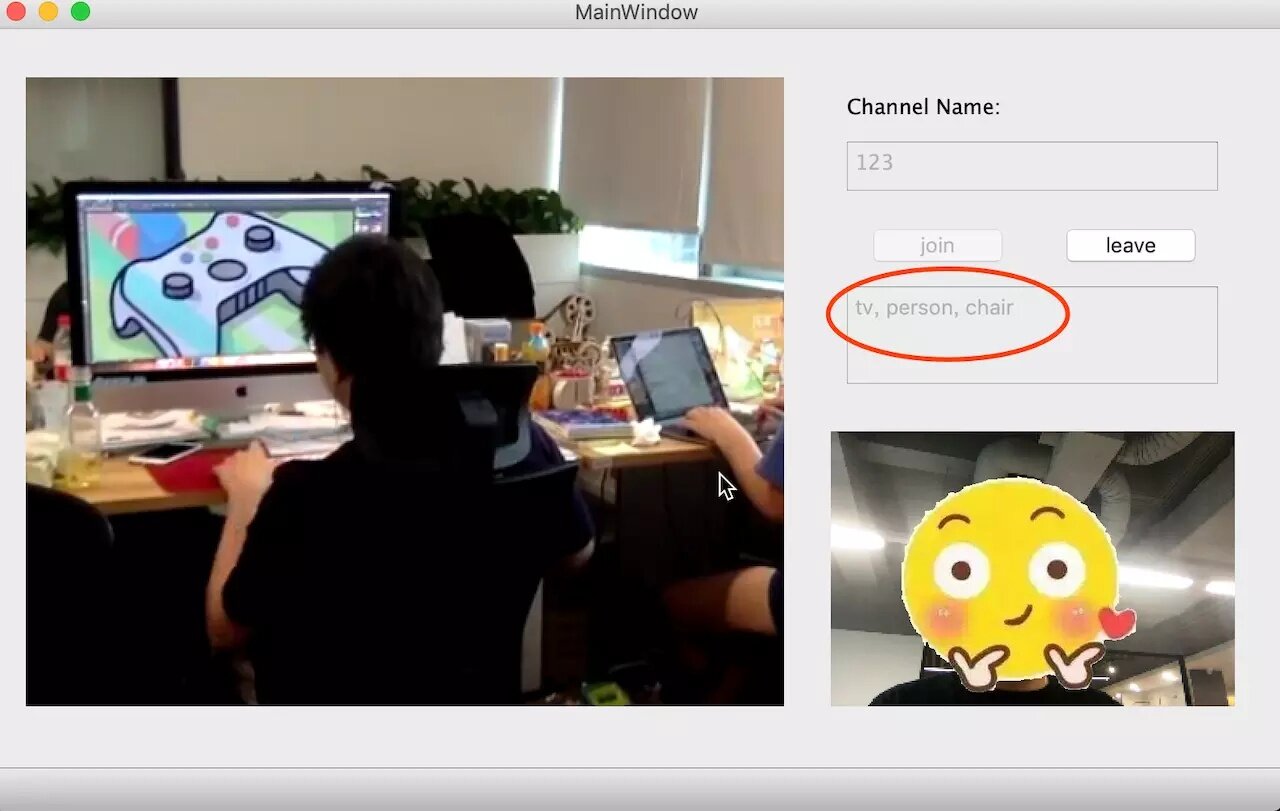
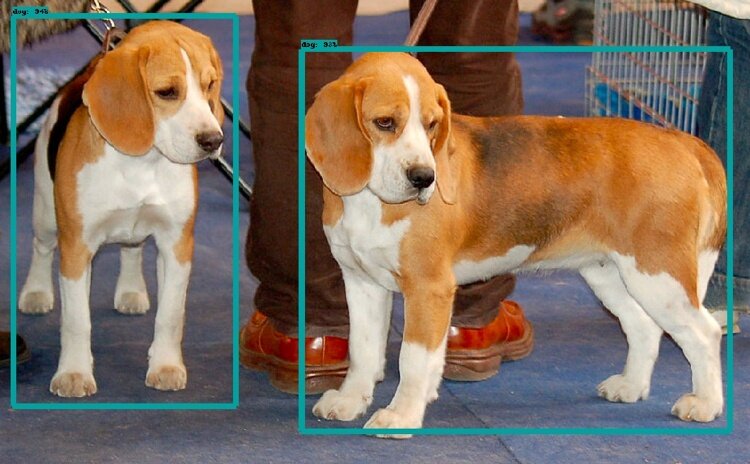


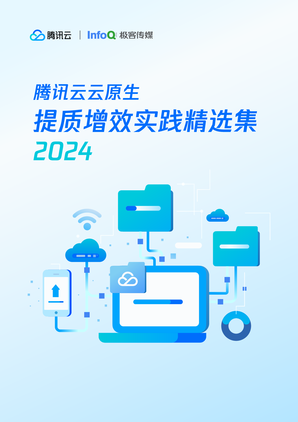
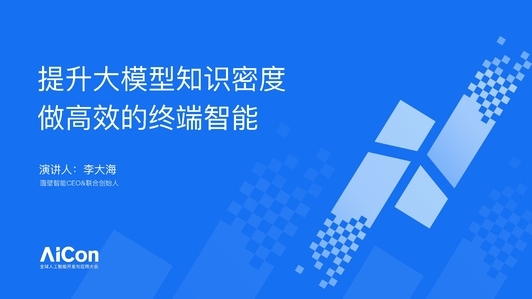






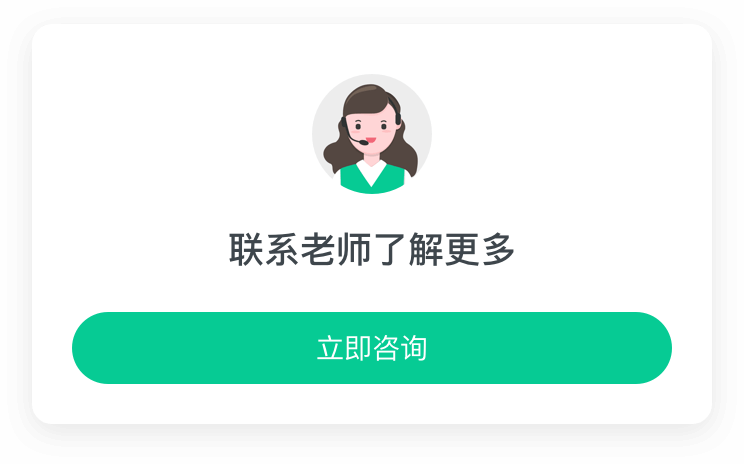
评论